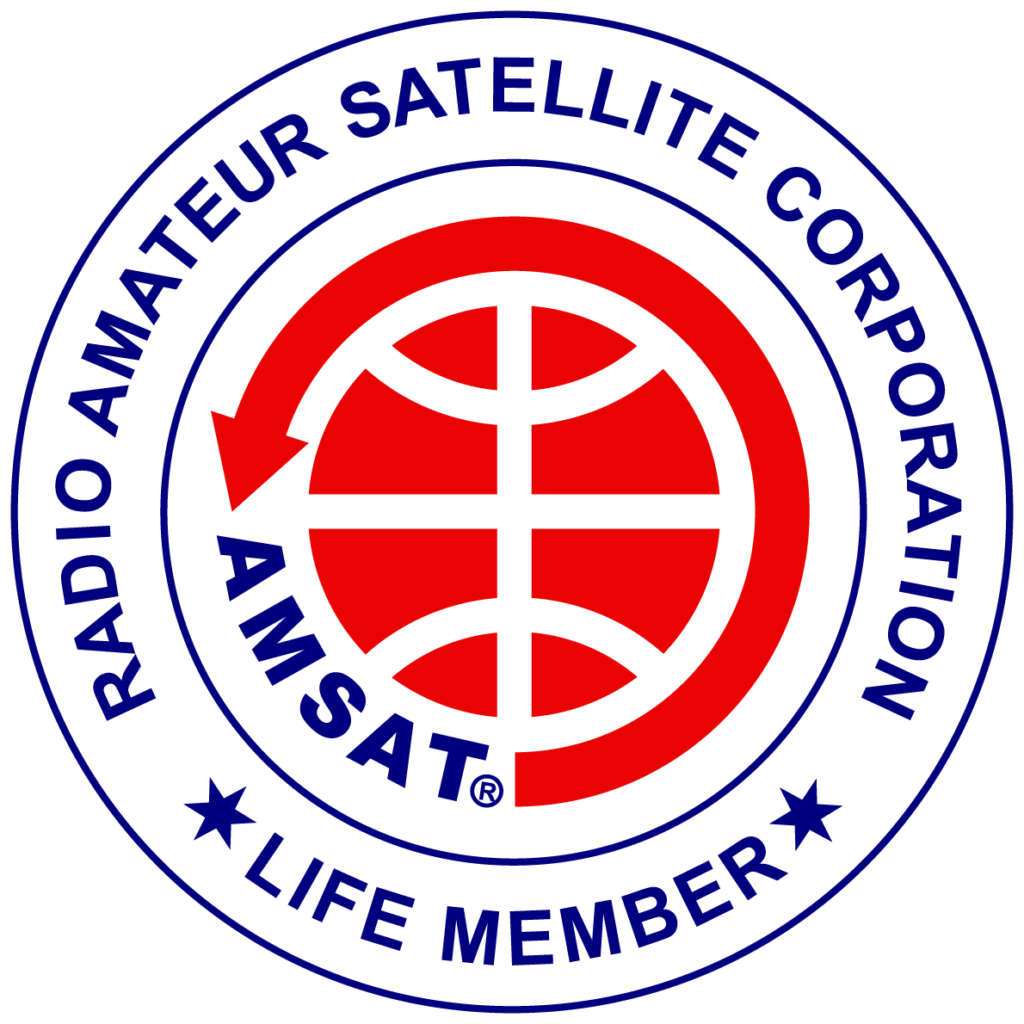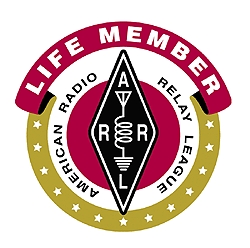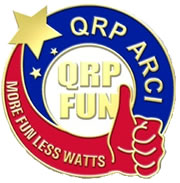Many things test the metal of receiver. The ability of a receiver to survive a busy contest is certainly a key test.
I had the opportunity to use my KX3 in the CW CQ WPX Contest this weekend. 20 and 15 meters were wall to wall S9 signals 300 Hz apart, and I had no issue working in that environment with the KX3. I spent the first day running the rig with the stock firmware (0.99) and manually logging and using the rig’s paddle. By the second day I had attached my laptop and was running the N1MM Contest Logger along with a WinKey USB keyer.
I had also loaded the latest beta firmware version (1.01) with “improved AGC” performance. That didn’t work out so well, as the rig would frequently go into total AF saturation (clipping/distortion) until the AGC*THR was set to 010, which calmed things down except for 10 meters (I think rapid QSB was causing issues there). But that’s why Elecraft wanted some tests done — to check things out in the real world. Reverting back to the older release firmware resolved the issue.
So how did things go? Fantastic. If I could hear them, I could work them (if I waited long enough for the pileup of KW signals to give my 5 watts signal a chance). In the end I had 256 contact covering most of the US, South America, and Europe. Outside of the audio glitches caused by the test firmware, everything was great, meaning the KX3 would be a perfect small very high performance radio for DXpeditions.
I can remember trying to use my FT817 in the same contest last year with dismal results. The receiver was horribly overloaded and turned into a wall of wailing chirps and beeps. I think I managed 6 contacts before giving up on QRP. I then switched to my IC-9100. That did much better but there were plenty of issues with the AGC pumping on strong signals that were on either side of the signal I was trying to copy (the roofing filter on the IC-9100 is 3KHz — not optimal for CW work at all).
The next big test for the KX3 will be Field Day. I won’t be operating it on-air, but I will be evaluating the receive performance in the presence of several strong signals a few hundred feet away when I’m between satellite passes. We shall see, but so far the results are unbelievable for such a small rig.








